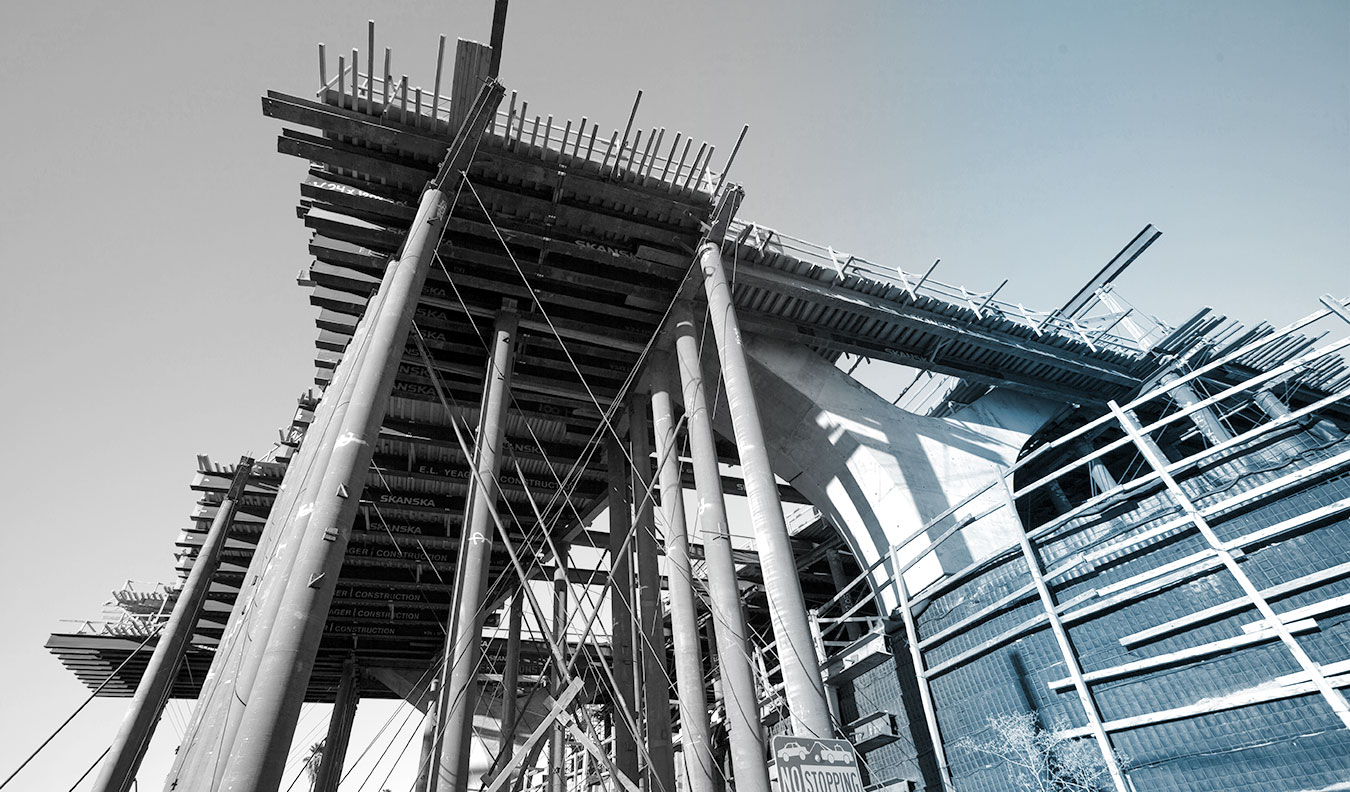SAN FRANCISCO CHRONICLE: UNFAIR SHOTS AT NEW BAY BRIDGE SPAN
by Steve Heminger –
Unfair Shots at New Bay Bridge Span
The San Francisco Chronicle has perfected the art of making mountains out of molehills when it comes to the new east span of the San Francisco-Oakland Bay Bridge. A sampling of headlines from this year alone includes:
Bridge’s seismic safety in question (May 10); Bridge experts spawn doubts (Aug. 2); Bridge’s support may be at risk (Oct. 4); Concerns growing on bridge integrity (Oct. 25). A fair-minded reader might wonder whether the 2-year-old bridge is in imminent danger of collapse, or could topple after the slightest tremor from Mother Nature. Nothing could be further from the truth. This iconic new structure is built like a battleship, and is one of the most seismically resilient long-span bridges in the world. And you don’t just have to take our word for it.
We have invited some of the world’s finest bridge and metal experts — people who literally wrote the books on those subjects — to look over our shoulders and ensure that the new east span meets the most rigorous performance standards. They have conducted a battery of tests both in the lab and the field, and they have found no cause for alarm.
We encountered many challenges in building the new east span, the vast majority of them having more to do with politics than engineering. There was one major construction setback: In spring 2013, dozens of high-strength steel rods connecting the road deck to the east pier of the suspension span fractured after being tightened. We responded by installing a steel “saddle” that provided the same clamping force as the failed rods would have done. We are also pursuing claims against the designer and contractor of the new bridge to recover the cost of the saddle retrofit.
Those broken bolts were a real problem, and we’ve fixed the problem. The rest of what you’ve been reading in your Sunday paper is more myth than fact. Let’s review just three examples.
Myth 1: The road decks of the suspension span are riddled with questionable welds because of poor workmanship in China.
Fact: Substandard welds were ground out before the deck sections left Shanghai. Welds to join the deck sections were done in the Bay Area as the suspension span was constructed An independent peer review panel verified the high quality of the finished product.
Myth 2: The steel bolts at the base of the suspension tower are in danger of breaking just like the east pier rods.
Fact: The 420 tower rods have been subjected to seismic testing simulating “The Big One.” All of them passed except one rod whose nut may have been stripped during construction. There is so much design redundancy at this location that many of the rods could fail without compromising the bridge’s performance.
Myth 3: The main cable of the suspension span is vulnerable to corrosion due to water leaking into the cable anchorage.
Fact: There is no evidence of corrosion. The anchor chamber is bone-dry with a well-functioning dehumidification system. There were some earlier water leaks in the chamber, and we’ll be monitoring each big rainstorm this winter to see if we’ve successfully plugged them. If not, we will work on the problem until it’s taken care of.
With some regularity, Chronicle readers write letters to the editor suggesting that we keep the old east span as a back-up bridge in case the new one doesn’t work out. Of course, it’s an impractical idea because the old span is being demolished. But the fact that readers would propose returning traffic to a rickety, seismically deficient structure is clear evidence that The Chronicle’s coverage of the new east span has been deeply misleading. We expect better from such a fine newspaper.
Steve Heminger is executive director of the Metropolitan Transportation Commission. He is joined in this commentary by Will Kempton, executive director of the California Transportation Commission, and Malcolm Dougherty, the director of Caltrans. Together, they are the Toll Bridge Program Oversight Committee.
